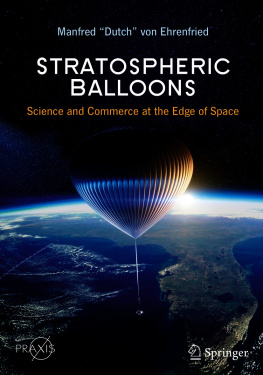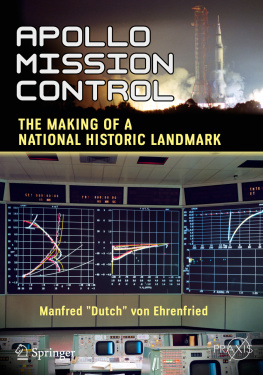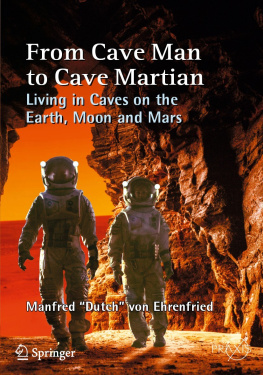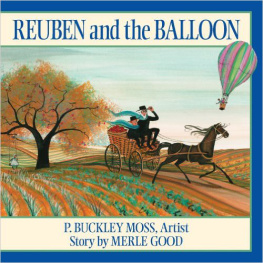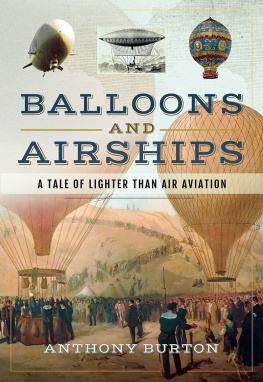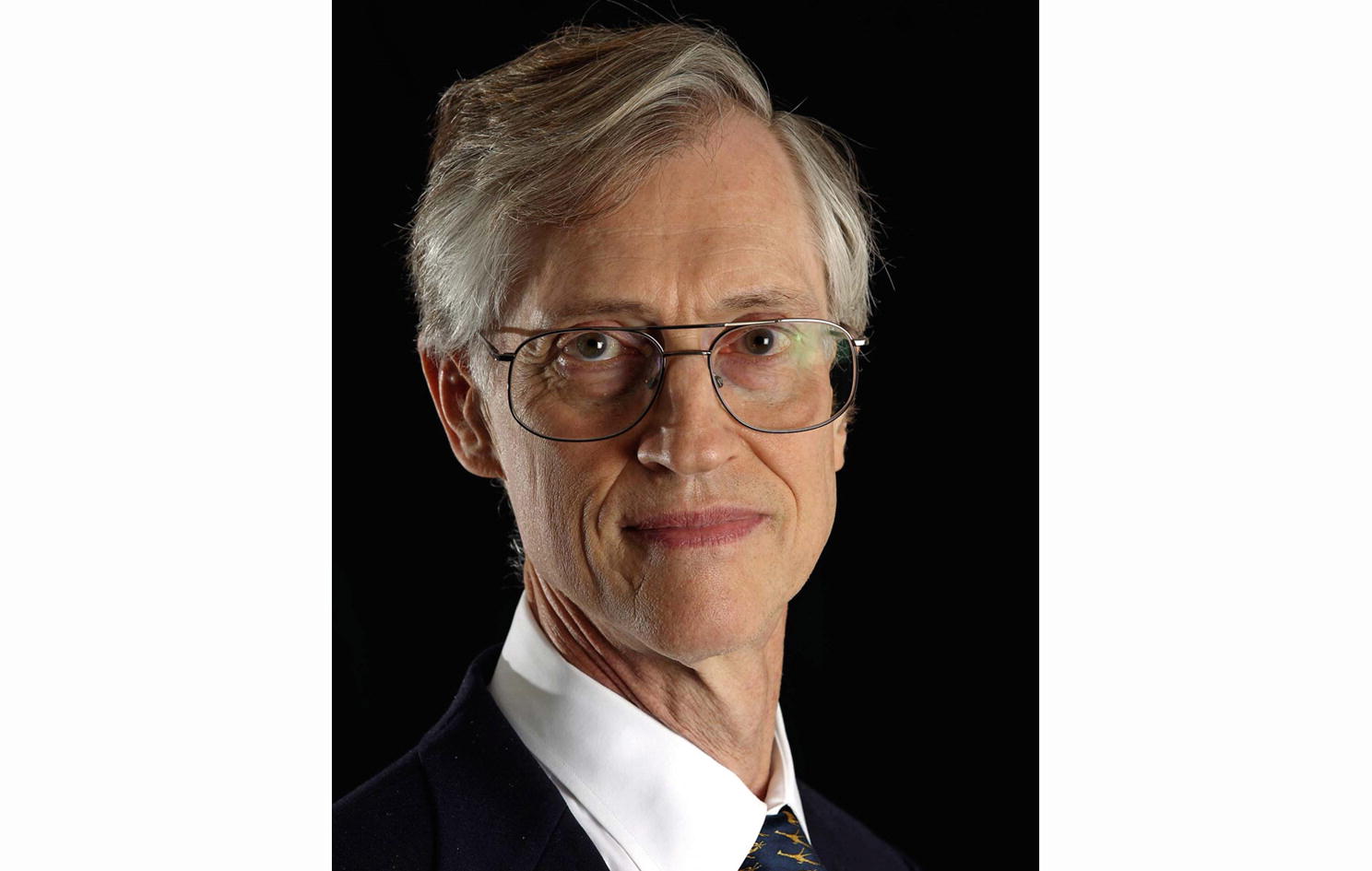Springer Praxis Books Space Exploration
This book series presents the whole spectrum of Earth Sciences, Astronautics and Space Exploration. Practitioners will find exact science and complex engineering solutions explained scientifically correct but easy to understand.Various subseries help to differentiate between the scientific areas of Springer Praxis books and to make selected professional information accessible for you.
Manfred Dutch von Ehrenfried
Stratospheric Balloons
Science and Commerce at the Edge of Space
1st ed. 2021

Logo of the publisher

Logo of the publisher
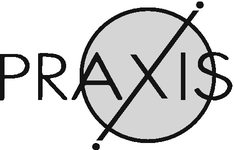
Logo of the publisher
Manfred Dutch von Ehrenfried
Cedar Park, TX, USA
Springer Praxis Books Space Exploration
ISBN 978-3-030-68129-6 e-ISBN 978-3-030-68130-2
https://doi.org/10.1007/978-3-030-68130-2
The Editor(s) (if applicable) and The Author(s), under exclusive license to Springer Nature Switzerland AG 2021
This work is subject to copyright. All rights are solely and exclusively licensed by the Publisher, whether the whole or part of the material is concerned, specifically the rights of translation, reprinting, reuse of illustrations, recitation, broadcasting, reproduction on microfilms or in any other physical way, and transmission or information storage and retrieval, electronic adaptation, computer software, or by similar or dissimilar methodology now known or hereafter developed.
The use of general descriptive names, registered names, trademarks, service marks, etc. in this publication does not imply, even in the absence of a specific statement, that such names are exempt from the relevant protective laws and regulations and therefore free for general use.
The publisher, the authors and the editors are safe to assume that the advice and information in this book are believed to be true and accurate at the date of publication. Neither the publisher nor the authors or the editors give a warranty, expressed or implied, with respect to the material contained herein or for any errors or omissions that may have been made. The publisher remains neutral with regard to jurisdictional claims in published maps and institutional affiliations.
This Springer imprint is published by the registered company Springer Nature Switzerland AG
The registered company address is: Gewerbestrasse 11, 6330 Cham, Switzerland
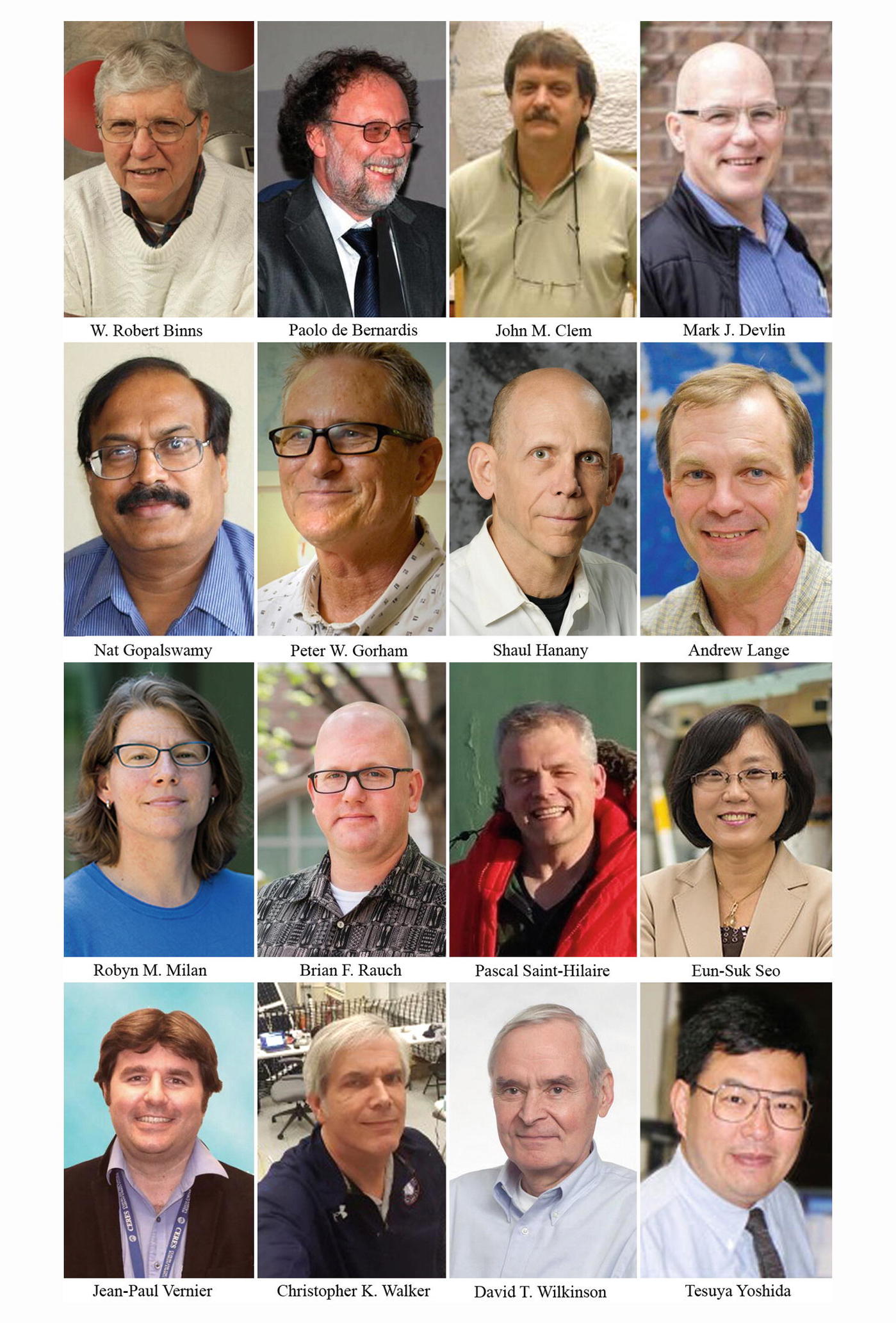
DedicationThis book is dedicated to all of the scientists, graduate students, engineers, technicians, managers and administrators that supported the scientific balloon flights of past generations; to the corporations and organizations that have pioneered the use of stratospheric balloons for commercial applications; and to the international scientific organizations and commercial enterprises that also strive, in their own unique way, to advance the state of the art of ballooning.
A special dedication goes to those students, of all ages, who are participating in ballooning as part of their studies of science, technology, engineering, and mathematics. While they may not yet know their future career paths, it is to be hoped that some of them will join the next generation of balloonists and that their participation will lead to a better understanding of our place in the universe. At least we know from others who blazed the trail before them, that their lives and society will be enriched by their efforts.
This book is also dedicated to those in a position to guide NASA in its use of balloon programs for the advancement of science, including the Science Mission Directorate at NASA Headquarters which funds the Balloon Program. Within that organization are the various science divisions that manage, support, and fund scientific balloon missions.
And this book is dedicated to the organizations that conduct balloon missions, notably the Wallops Flight Facility of the Goddard Space Flight Center, which includes the Balloon Program Office and their operational site; the Columbia Scientific Balloon Facility .
And last, but not least, this book is dedicated to the students who have actually taken part in launching balloons as part of their studies. Not only have they been working towards graduating, they have been learning the fundamentals of balloon operations including pre-flight preparations, flight operations, recovery, and post-flight analysis. This book is therefore dedicated to the next generation of balloon scientists, engineers and technicians, for they are the future.
Foreword
The following are comments by three eminent scientists who spent their early formative careers launching instruments and payloads on balloons into the stratosphere.
Dr. John C. Mather and Dr. George F. Smoot shared the 2006 Nobel Prize in Physics for their work on the Cosmic Background Explorer that led to the discovery of the black body form and anisotropy of the cosmic microwave background radiation. As an astronaut, Dr. John M. Grunsfeld helped to service and repair the Hubble Space Telescope. He went on to become NASAs Chief Scientist.
Their balloon experiences surely made lasting impressions on them and helped to define their scientific interests and future paths. They are truly an inspiration for young students and future scientists, as well as to those who are already involved in ballooning.
Dr. John C. Mather
Senior Astrophysicist in the Observational Cosmology Laboratory
NASAs Goddard Space Flight Center
I got my start in scientific ballooning at the University of California , Berkeley. I was looking for a Ph.D. thesis project in 1970, after two years of graduate school classes on particle physics and relativity and quantum mechanics and studying in the library, and I was giving up on my dream of being a theoretical physicist like Richard Feynman. I really wanted to build something. I felt my hands itching to hold a screwdriver. I found Paul Richards and Charles Townes and Mike Werner, who were all thinking about how to measure the newly discovered Cosmic Microwave Background Radiation. I said yes, I want to play! So the first project was to build an instrument and take it up to White Mountain in eastern California, on the east side of the Owens Valley. We built it and it worked, and we learned a new technology, but it wasnt surprising, it just agreed with expectations that the cosmic background seemed to have a temperature of about 3 degrees Kelvin.
Then Paul went off to England for a sabbatical and came back with an idea for a balloon payload that could get an instrument above most of the interference of the Earths atmosphere. It would be a satellite on a string, as I called it. The plan was to make a new kind of interferometer, which Paul had learned about in England, called a Polarizing Martin-Puplett, and use it as a spectrometer. It would measure the temperature of the cosmic background radiation at wavelengths from about 0.5 mm to 5 mm if we were lucky. It would have to be immersed in a bath of liquid helium, it would have to fly to an altitude of 40 km, and it would have a window that would open up after the payload had reached the target altitude. It had all the ingredients of a satellite, except it wasnt going to really be in outer space. It had a big battery (although no solar cells, it wouldnt operate in the daytime), a radio transmitter and receiver, some command processors, a magnetometer so that we would know which way we were pointing, electronics boxes to operate the motors and detectors, and a big rotating momentum wheel to control the orientation. It fit inside a 2 m cubical frame made of aluminum. We built it up and tested it in the lab at Berkeley until it seemed to work the way we hoped and expected. David Woody and I were now the lab partners working on it, so we loaded it into a big yellow university truck and drove it to the National Scientific Balloon Facility at Palestine , TX.

